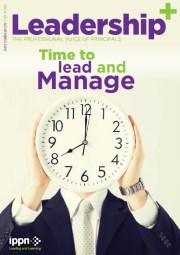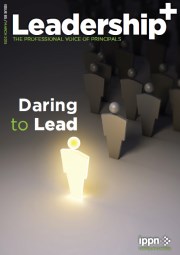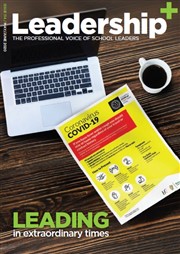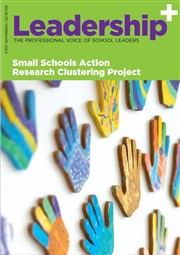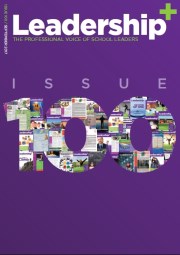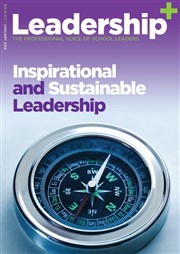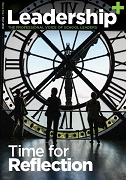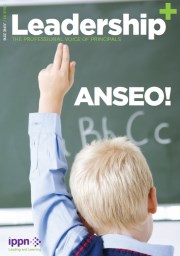Complex instruction teaching technique puts 'streaming' to the test
- Published: 27 September 2008
By: Alexandra Frean, Education Editor
A radical maths teaching technique that mixes children of all abilities together so they can help to teach each other is being tested in England.
The technique, known as complex instruction, has been developed by academics in California where research found that children in mixed-ability maths classes routinely outperformed those grouped by ability (in "sets" or "streams"), were better behaved and enjoyed maths more.
The technique challenges the educational orthodoxy that mixed-ability teaching holds back the brightest students and fails to meet the needs of the least able.
Setting or ability grouping is an educational leitmotif of both the Government and the Tories, but remains controversial. Supporters insist that it leads to better exam results, particularly in core subjects such as English and maths. But critics say it is divisive.
Complex instruction works by dividing pupils into groups of four and assigning each one a role team captain, facilitator, resource manager and recorder/reporter. The groups are given a mathematical task to solve together and are told that they must each be responsible for each other's learning. If one member of the group has difficulties with the task, it is the role of the others to help them to understand.
At the end of the lesson one member of each group will be chosen to present their findings to the class.
Because pupils do not know in advance which member of their group will make the presentation they must ensure they are all capable of doing so.
Jo Boaler, Marie Curie Professor of Education at the University of Sussex, who is pioneering complex instruction in Britain, said that pupils who were perceived as being good at maths because they answered questions quickly were not always the best at explaining how they got their answers.
Pupils who were less confident were often able to tease out explanations from the more able students through their questions. This helped the students who needed help as well as those giving the help. In fact, the initial high-achieving students were the ones who benefited most — their achievement accelerated faster than anyone else's, supporting the old adage that you do not understand something until you explain it to someone else.
"A broad approach to mathematics is taught and so everyone is good at some aspects of the subject," Professor Boaler said.
Carlos Cabana, of San Lorenzo High School in California, who has developed the teaching technique over a period of 20 years, said one key role for teachers was not to give pupils the answers, but to ask them questions that made them recognise what their strengths were within the group.
"You have to help them find their confidence, even if it is buried under some thick layers of ice," he said.
Professor Boaler followed the progress of 700 teenagers in the US through four years of high school between the ages of 14 to 18.
At the end of the four years, 41 per cent of the mixed-ability group were in advanced classes for calculus (similar to one year of A-level mathematics), compared with 27 per cent of pupils in the schools using setting and traditional teaching methods.
The findings were all the more remarkable because the mixed-ability group came from more disadvantaged backgrounds with significantly lower maths scores at the start of the study.
Professor Boaler presented her findings to Downing Street advisers last year. This resulted in the Specialist Schools and Academies Trust inviting schools to be trained in the approach and to use it within their new BTEC maths course.
The results of the research have also fed into the Primary Review.








